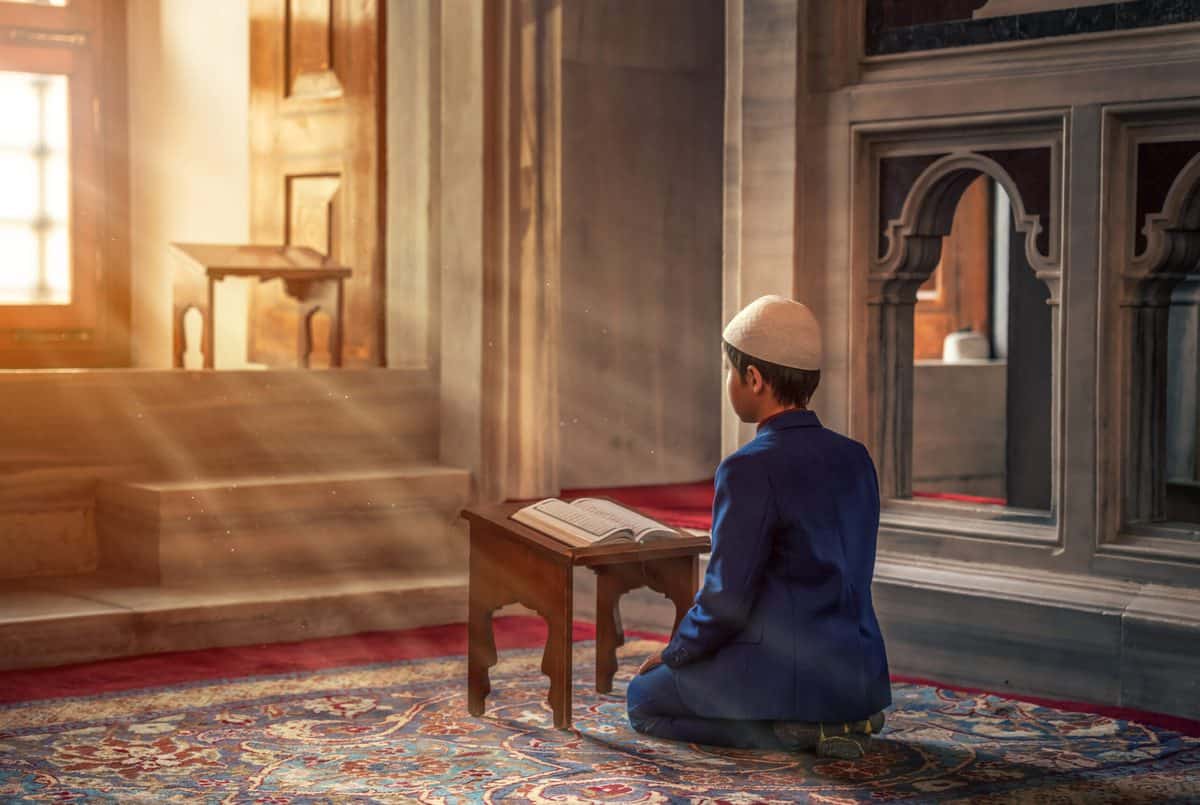
The proportion of devotional Muslims has reduced since the year 2016, according to a survey titled ‘Indian Youth: Aspirations and Vision for the Future’.
The report of the survey, conducted by the Centre for the Study of Developing Societies (CSDS)-Lokniti, in collaboration with German think tank Konrad Adenauer Stiftung (KAS), was released in early December 2021. It collected responses from 6277 people, between the ages of 18-34, across 18 states.
It found that Muslims, especially the younger generation, indulged in less religious activities of prayers, fasts, reading religious scriptures, listening to sermons, etc., as compared to those Muslims that were surveyed in 2016.
Among the religious minorities of Muslims, Christians and Sikhs, a higher proportion of Muslims felt that they were discriminated against based on their religion, however, all the three felt a strong sense of despair about the diminishing communal harmony in the country.
A comparison between the reports of 2016 and 2021 showed that Muslims have come down from being the highest on the scale of religiously driven communities to the lowest, with only 86 percent of Muslims who said they prayed regularly, reflecting a decline of eleven percent.
Whereas, 96 percent and 93 percent of Sikh and Christian youth, who responded to the survey reported that they prayed regularly, reflecting a rise of 4 and 2 percent, in a span of five years, respectively.
88 percent of the Hindu youth in 2021, reported that they pray regularly, reflecting a marginal decline of four percent.
Youth visiting places of worship
Only 79 percent of Muslim respondents in 2021 reported that they visited their place of worship as compared to 85 percent of Muslims in 2016.
While there was a decline among youths of other religions too, the highest was noted among Muslims at 6 percent, followed by a decline of 4 percent from 92 to 88 percent, among Hindus; 2 percent, from 91 to 89 percent, among Christians; and 1 percent, from 97 to 96, among Sikhs.
Self-perception of religious participation
20 percent of Muslim youth felt that their religious participation had decreased as compared to the 18 percent who said otherwise.
Overall, 19 percent of respondents said that they had witnessed an increase in their religious activities, while 17 percent said that it had declined, and 57 percent said that it remained stagnant. 7 percent of respondents did not answer.
20 percent of Muslim youth witnessed a decline in their perception of their religious participation, whereas 18 percent witnessed an increase.
Christians and Sikhs, both, witnessed a similar increase and decrease, at 25 percent and 13 percent, respectively.
Whereas Hindus had an overall increase of 20 percent in their perception of their religious participation, while only 16 percent observed a decrease.
Future of religious harmony in India
The CSDS report took note of data from the National Crime Records Bureau, pointing out that 857 cases of communal/religious rioting were registered in 2020, nearly doubling from 438 in 2019.
When the respondents were asked about the future of communal harmony in the country, only 19 percent of Hindus said they believed that communal harmony would be disrupted far more in the future.
However, among the minorities, 31 percent of Christians and 33 percent, of Muslims and Sikhs said they believed religious or communal harmony would decline.
A detailed study of the views of Muslim youth on grounds that the community has been subjected to the most amount of discrimination and violence in the recent year showed that despair amount religious co-existence was higher among Muslims who resided in the states with a higher Muslim population in comparison with the national average of 12.23 percent.
Overall the states of Assam, West Bengal, UP, Bihar, Jharkhand, and Kerala were more pessimistic about religious harmony.
Collectively, 35 percent of Muslims in these states expect that communal harmony will decline in the future, compared to the 23 percent in states with a lower than average Muslim population.
The survey also reported that states with a larger than average Muslim population were likely to report religious discrimination, because of a “greater chance of interaction” between the majority and minorities
Perception of religious discrimination
44 percent of Muslim respondents in the survey reported that they faced discrimination from their friends with 13 percent saying that it occurred often while 31 percent reported that it occurred sometimes.
Among the minorities, sampled in the survey, Muslims reported experiencing discrimination from their friends most frequently.
Among Christians, 4 percent said that discrimination occurred often, while 14 percent said it was rare. 8 percent of Sikhs reported such discrimination, with 3 percent reporting that such incidents occurred often, while the other 5 percent said otherwise.
While only 49 percent of Muslims said that they have never faced discrimination based on religion from an overall of 70 percent of respondents agreed with the same.
“What is interesting here is that unlike on the issue of religious harmony where there was some sort of unanimity of opinion among youths from different religious minorities, on the issue of facing discrimination, Muslims were quite alone in feeling so,” the report said.
Are Muslims really getting less religious?
The survey report in its discussion of the results said it seemed rather unusual that Muslim youth appeared to be less religious than before.
“One would think that being at the receiving end of hate, discrimination, and violence would have resulted in an even greater proportion of Muslims turning towards their faith,” the report said.
It added that it was possible that some Muslim respondents may have felt “less comfortable” about revealing their religious practices.



